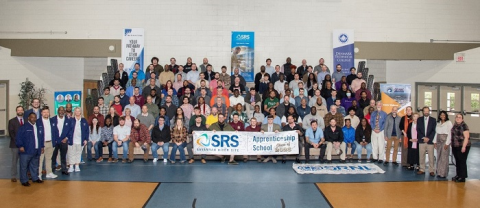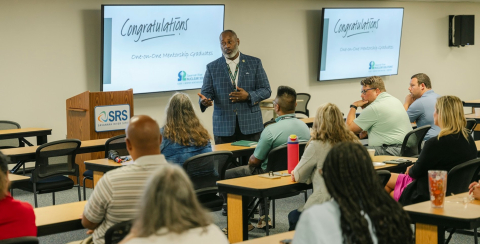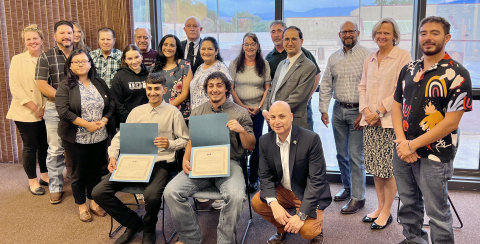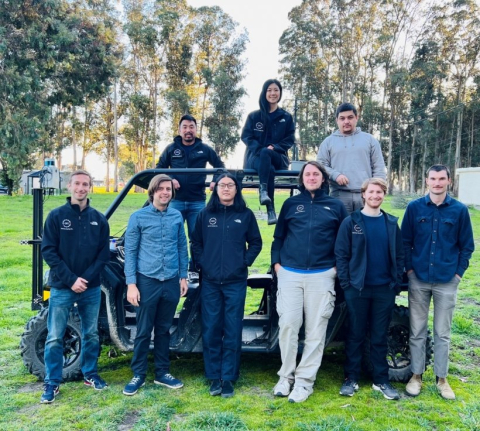
In 2019, North Augusta High School student Kathryn McGee volunteered for an EM contractor’s outreach program that introduces female students to careers in science, technology, engineering and math (STEM). She’s now a newly hired Savannah River Site (SRS)

Over 100 people attended a first-ever session of the 2023 National Cleanup Workshop offering early career professionals in-depth information about EM’s work and guidance on how to grow and succeed within the cleanup program.

The first joint cohort of Savannah River Site (SRS) production operator apprentices recently graduated from Aiken Technical College’s Nuclear Fundamentals Program, marking the first time three SRS contractors jointly participated in the program.

Savannah River Site employees gradated from an EM contractor's Mentorship Program cohort.
EM co-hosted a workforce development summit on Friday with the Energy Communities Alliance and Energy Facility Contractors Group that drew a diverse group of leaders from across the region.
More than 70 early career professionals have signed up so far for an inaugural National Cleanup Workshop session next month that will focus on learning more about EM and how to grow and succeed in the DOE cleanup program.

Representatives of Northern New Mexico College (NNMC) and EM Los Alamos Field Office (EM-LA) contractor Newport News Nuclear BWXT Los Alamos (N3B) were on hand last week to congratulate Dominic Montaño and Milnor Branch.

Holly Flynn, a researcher at EM’s Savannah River National Laboratory (SRNL), will receive $2.5 million over five years to fund research associated with fusion energy after being selected as a DOE Office of Science Early Career Research Program awardee.

More than 265 minority serving institutions (MSI) faculty and students, DOE personnel and Savannah River National Laboratory (SRNL) employees recently gathered for the EM Minority Serving Institutions Partnership Program (EM MSIPP) Achievement Workshop.

EM funding supports Energy I-Corps, a key initiative of DOE's Office of Technology Transitions (OTT). The program sends teams of researchers and industry mentors through an immersive two-month training where the researchers define technology value.

